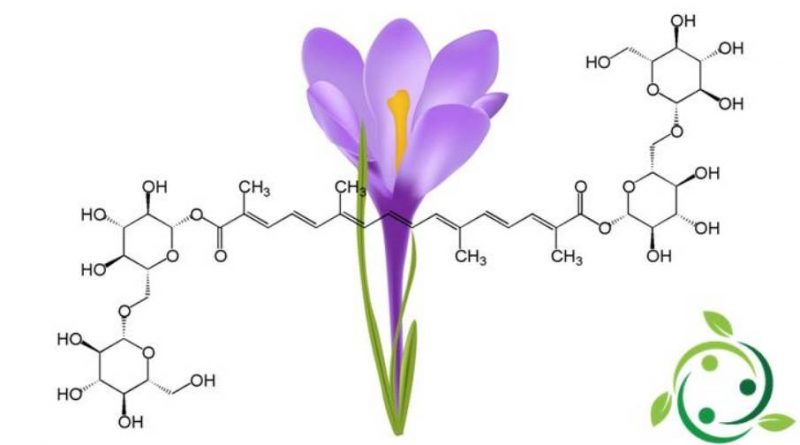Crocin
Crocin
The crocin, whose brute or molecular formula is: C44H64O24 is a carotenoid present in the flowers of the genus crocus.
The crocin, from a chemical point of view, is the diester of the gentiobiose disaccharide and the crocetin dicarboxylic acid.
The crocina has an intense red color which, however, when dissolved in water, acts as an indicator, imparting an orange color to the solution.
The crocina is also one of the substances most responsible for the color of saffron.
The α-crocin is the result of the esterification reaction between the β-D-gentiobiose and the crocetine carotenoid. The presence of glucose gives the crocin the property of being a water-soluble compound.
At the same time the presence of crocetin, a polyene containing two carboxyl groups, makes the crocin a hydrophobic compound, therefore soluble in fats.
Crocin, as well as the other component of saffron: picrocin, are highly sensitive to light and air. This explains why, when not used, saffron should be placed in airtight containers and stored in a cool place away from light. Exposure to oxygen and sunlight causes oxidation, which significantly reduces the properties of the crocin and pyrocrocin, thus lowering the quality of saffron.
Warning: The information shown is not medical advice and may not be accurate. The contents are for illustrative purposes only and do not replace medical advice.

